Make your yard smell amazing — garden experts say these are the only 9 plants you need
Garden experts swear by these 9 plants for incredible evening fragrance
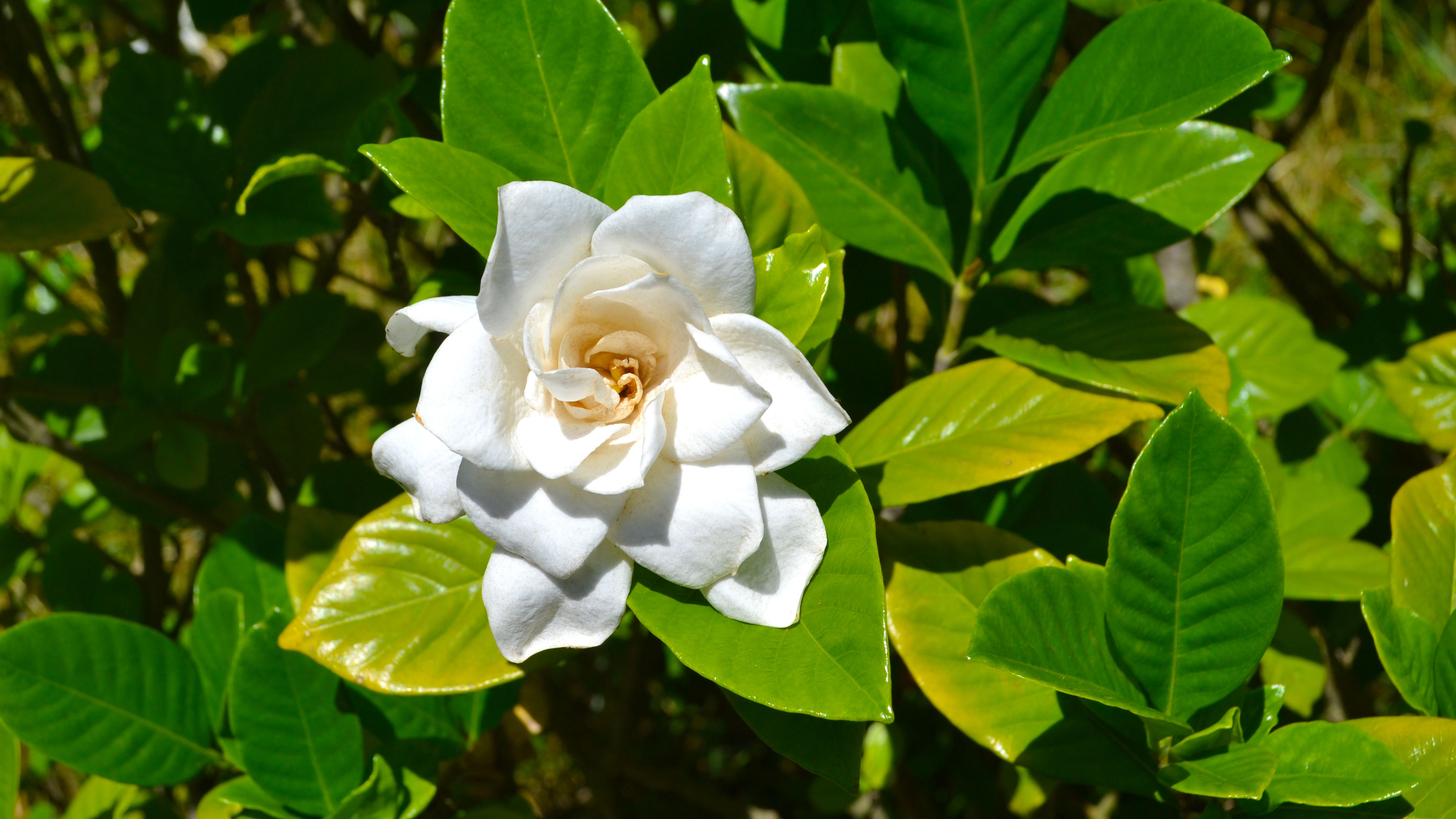
Summer evenings in the garden become magical when the right plants release their fragrances as the sun sets. Night-scented plants create beautiful sensory experiences while attracting important nocturnal pollinators like moths and night-flying insects.
These plants have evolved to release their strongest scents during evening hours when their target pollinators are most active. This makes them perfect for creating aromatic outdoor spaces where you can relax and unwind as dusk falls.
According to gardening expert Harry Bodell at PriceYourJob.co.uk, choosing plants with different scent profiles and bloom times ensures continuous fragrance throughout the growing season. From sweet vanilla notes to spicy clove aromas, these varieties offer something for every preference.
Here are 9 plants that will make your garden smell amazing after dark.
1. Angel's Trumpet
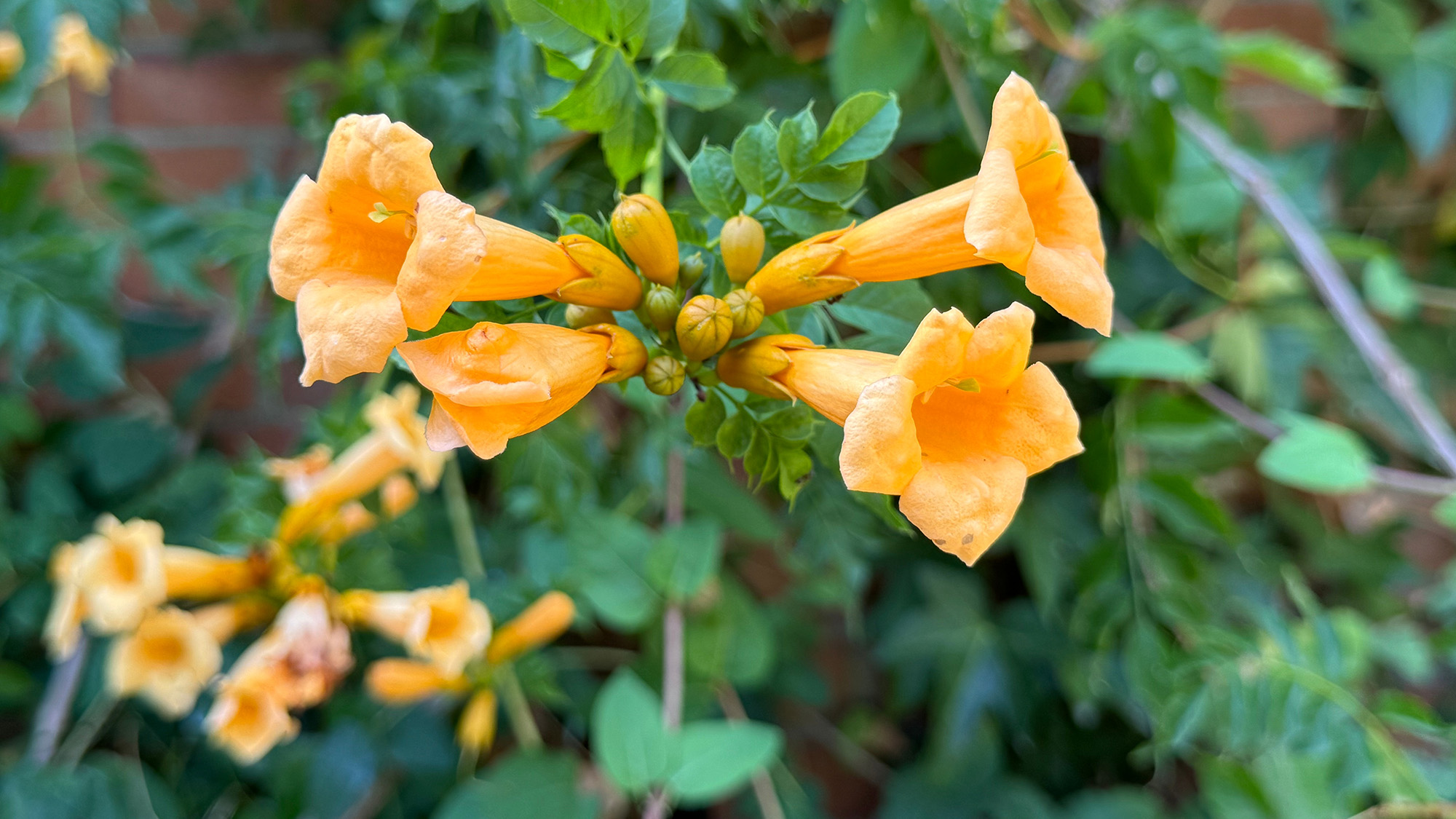
Angel's Trumpet produces large, pendulous flowers in shades of white, yellow, pink, orange, red, or green that release their strongest fragrance in the evening. These evergreen plants create dramatic focal points while attracting moths and other nocturnal pollinators with their intense scent.
Plant Angel's Trumpet in a sheltered spot with well-draining soil and partial shade. The large flowers can reach up to 12 inches long and hang downward like trumpets, making them perfect for planting near seating areas where you can enjoy their evening fragrance.
According to gardening expert Harry Bodell, "the fragrant flowers of the Angel's Trumpet are perfect for attracting pollinators such as moths whilst providing a beautiful scent to help you relax on a warm summer's evening."
However, keep these plants away from children and pets as all parts are highly toxic if ingested.
2. Honeysuckle
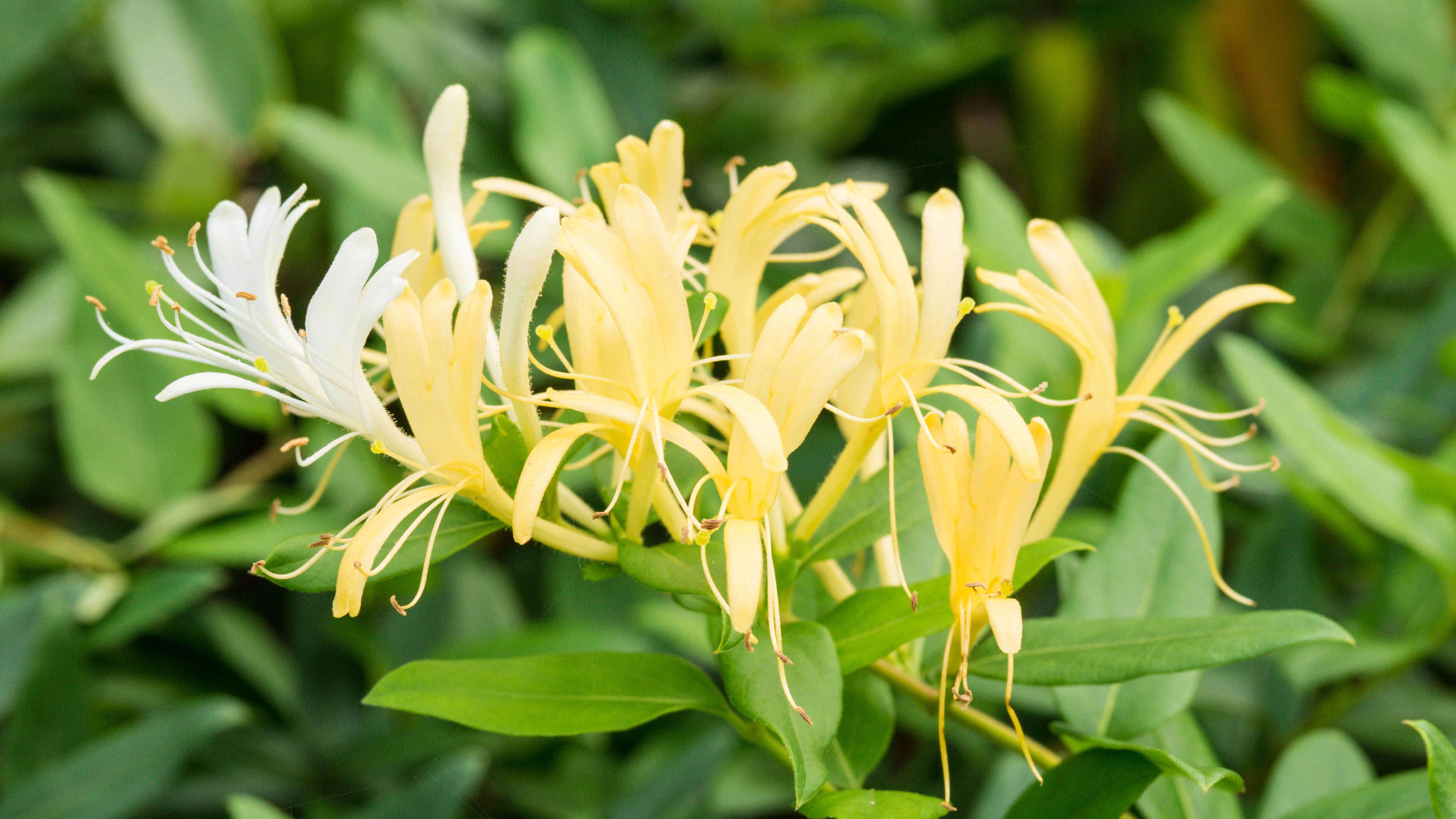
Honeysuckle offers one of the most beloved garden fragrances, combining notes of jasmine and vanilla with sweet nectar. These climbing plants can be trained up walls, fences, and pergolas, making them versatile additions to any garden layout.
Choose between evergreen and deciduous varieties depending on your climate and garden needs. Most species produce two-lipped, fragrant flowers with sweet nectar that becomes more pronounced in the evening hours.
"Honeysuckle, routinely used in perfumes and scented candles, is one of the best night-scented plants," notes Bodell. The fragrance intensifies at dusk, creating an intoxicating aroma that drifts through the garden.
3. Evening Primrose
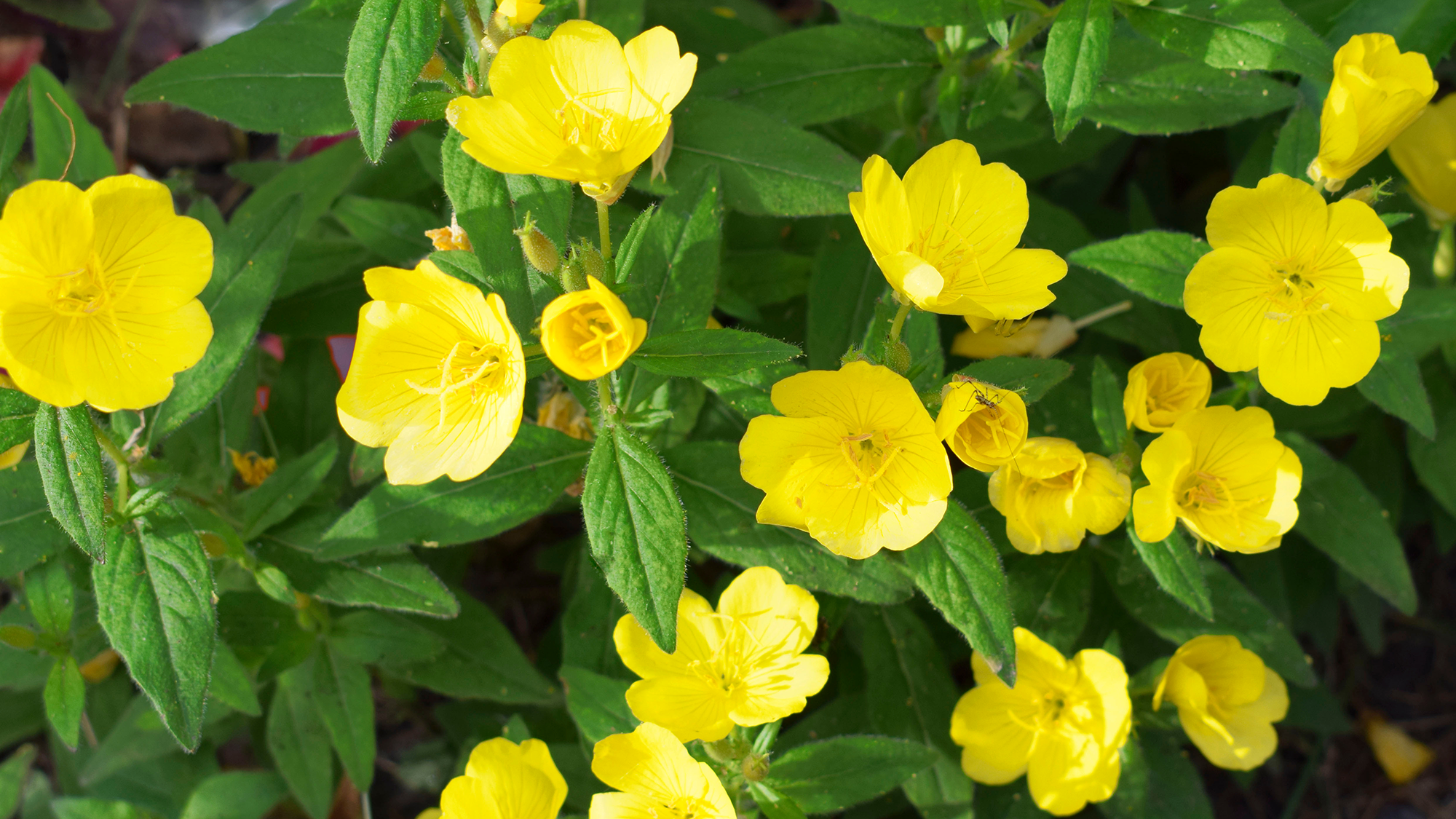
Evening Primrose lives up to its name by opening its bright yellow flowers as dusk approaches, releasing a gentle honey-like fragrance that attracts nocturnal pollinators. This flowering plant provides both visual and aromatic interest with its striking blooms.
Native to North America but naturalized worldwide, Evening Primrose thrives in most garden conditions and requires minimal care once established. The flowers open in the evening and remain fragrant throughout the night before closing the following morning.
Plant Evening Primrose in sunny spots with well-draining soil for best results. The bright yellow blooms create beautiful contrast in evening gardens while providing the sweet, honey-scented fragrance that makes summer evenings special.
4. Wisteria
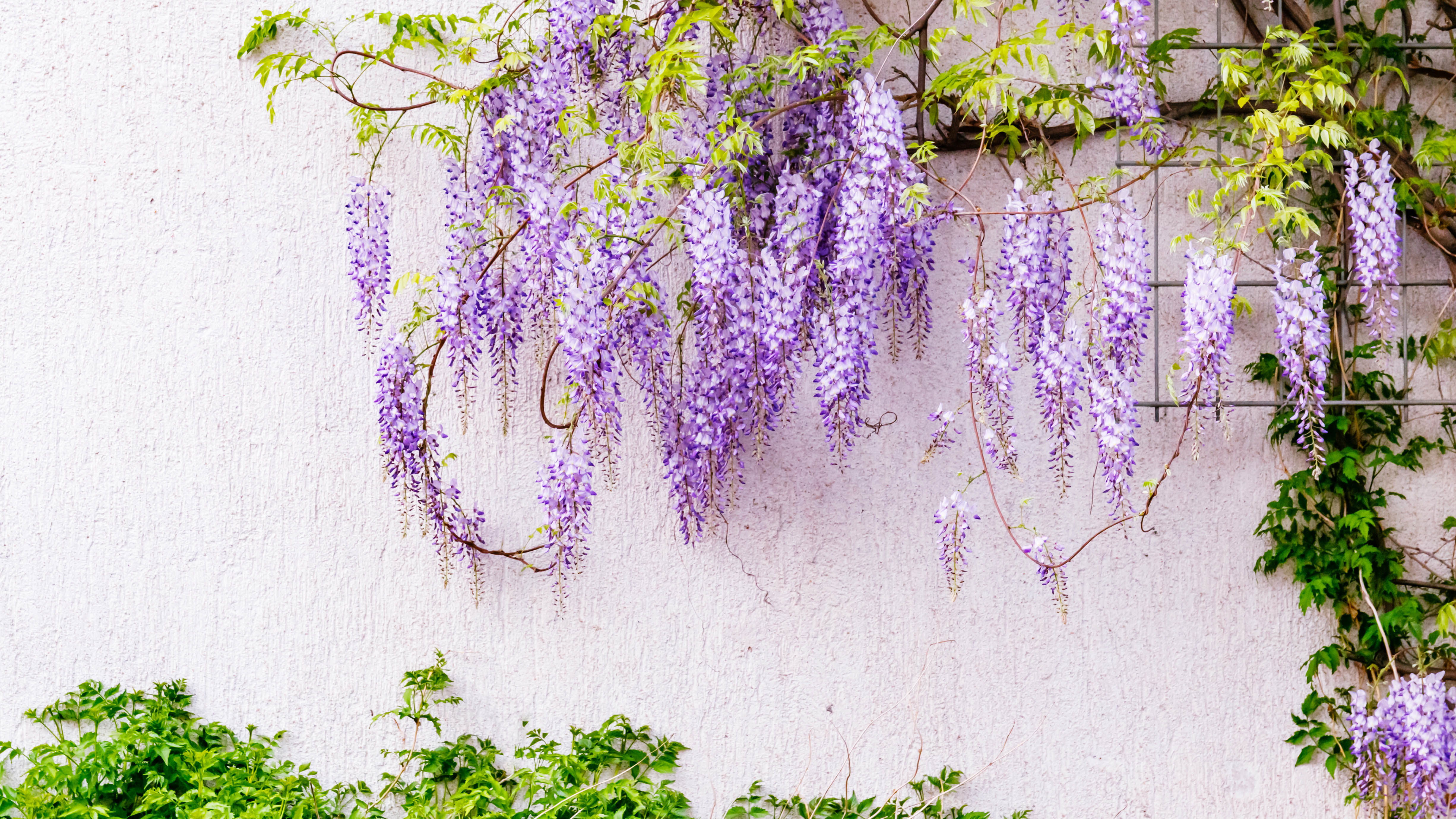
Wisteria creates stunning cascades of fragrant flowers in purple, pink, white, and lilac that release their strongest scent during evening hours. These vigorous climbing vines make dramatic statements when grown over pergolas or against walls, allowing their fragrance to drift into nearby spaces.
Different Wisteria varieties offer varying scent intensities and profiles, from sweet to musky. Wisteria Floribunda typically provides the strongest evening fragrance, making it ideal for areas where you want maximum aromatic impact.
"Many Wisterias are scented, but Wisteria Floribunda typically has the strongest scent at night," explains Bodell. When positioned near windows or outdoor seating areas, the evening fragrance can enhance your entire outdoor experience during warm summer nights.
5. Night Phlox
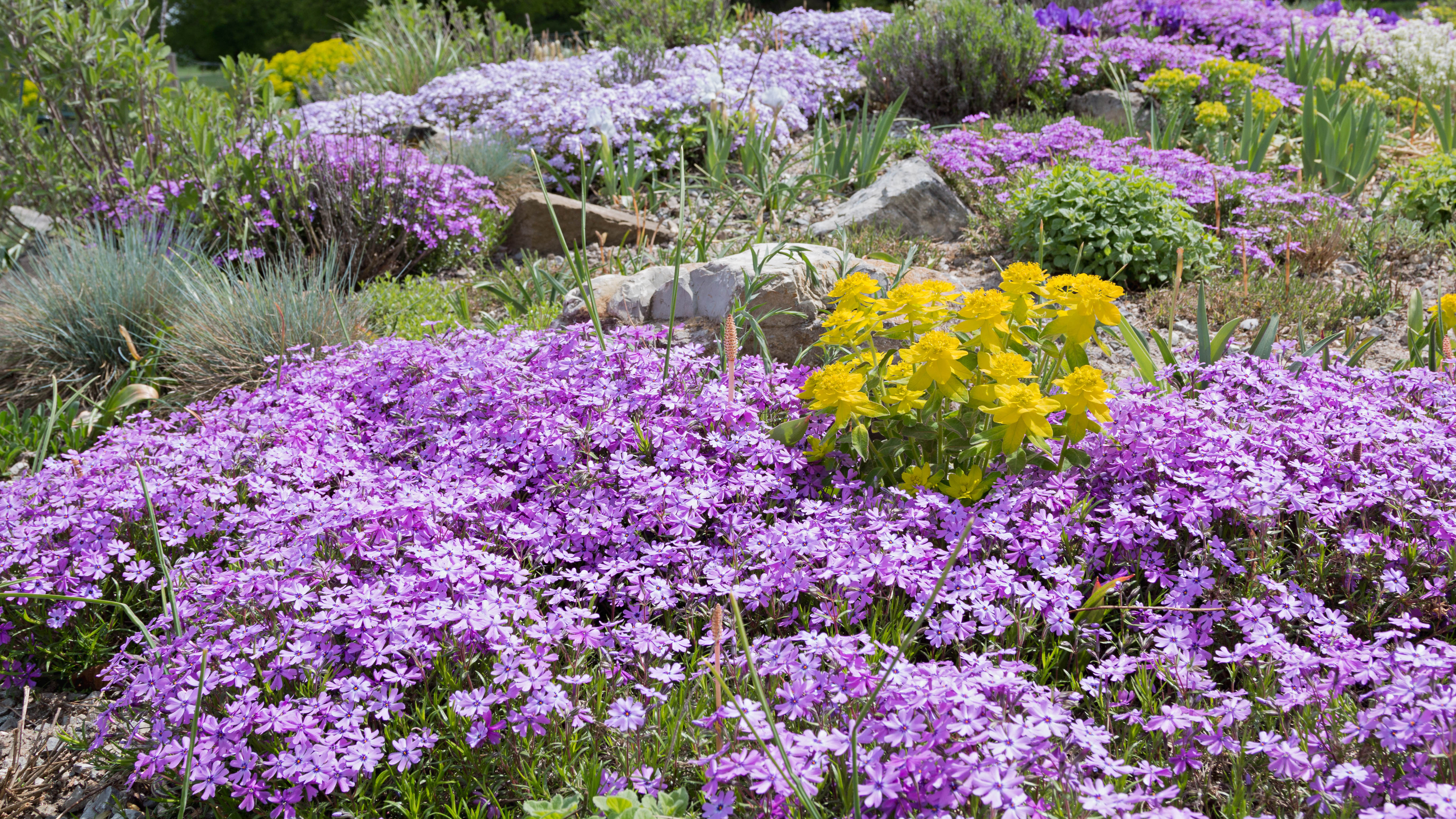
Night Phlox produces compact domes of white star-shaped flowers that remain closed during the day but open dramatically at night to release their sweet almond-vanilla scent. This plant works perfectly in containers, window boxes, and small garden spaces.
The flowers' nighttime opening creates a magical transformation as tightly closed buds unfurl into fragrant star displays. This unique behavior makes Night Phlox particularly entertaining for evening garden visitors who can witness the transformation firsthand.
Plant Night Phlox in well-draining soil and provide winter protection in colder climates. The compact size and intense evening fragrance make it perfect for placing near outdoor dining areas or pathways where the scent can be fully appreciated.
6. Dianthus
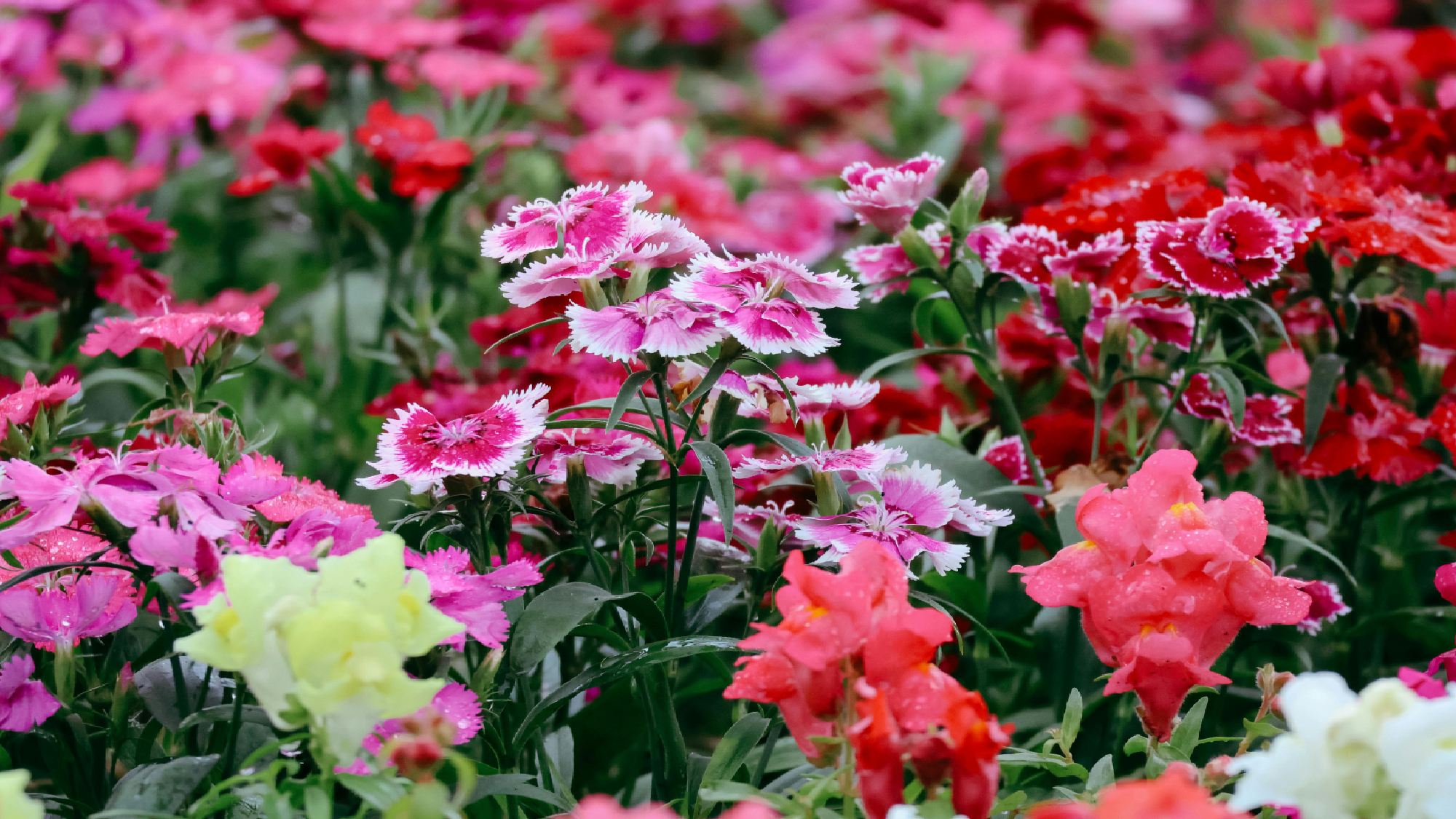
Dianthus offers spicy clove-scented white blooms that provide aromatic contrast to sweeter-smelling garden plants. These flowering plants produce distinctive starry flowers that release their strongest fragrance during evening hours.
The white clove-scented blooms add complexity to evening garden fragrances, creating layered scent experiences when combined with other night-blooming plants. Dianthus thrives in full sun with well-draining soil.
For maximum scent impact, grow Dianthus in containers that can be positioned on tables or near seating areas. "The white clove-scented blooms will add a spicy scent to your summer night garden," explains Bodell, making them perfect companions for evening entertaining.
7. Star Jasmine

Star Jasmine produces masses of small, white, star-shaped flowers from mid to late summer that release their strongest sweet fragrance during evening hours. This evergreen climber works well against walls in mild areas with proper shelter from cold winds.
The strong, sweet aroma becomes most prominent as temperatures cool in the evening, creating an intoxicating fragrance that both gardeners and pollinators find irresistible. Star Jasmine requires full sun or partial shade with well-draining soil.
Plant Star Jasmine against south-facing walls or fences where it can receive adequate warmth and protection. The climbing habit makes it perfect for covering vertical surfaces while providing evening fragrance at multiple levels.
8. Gardenia
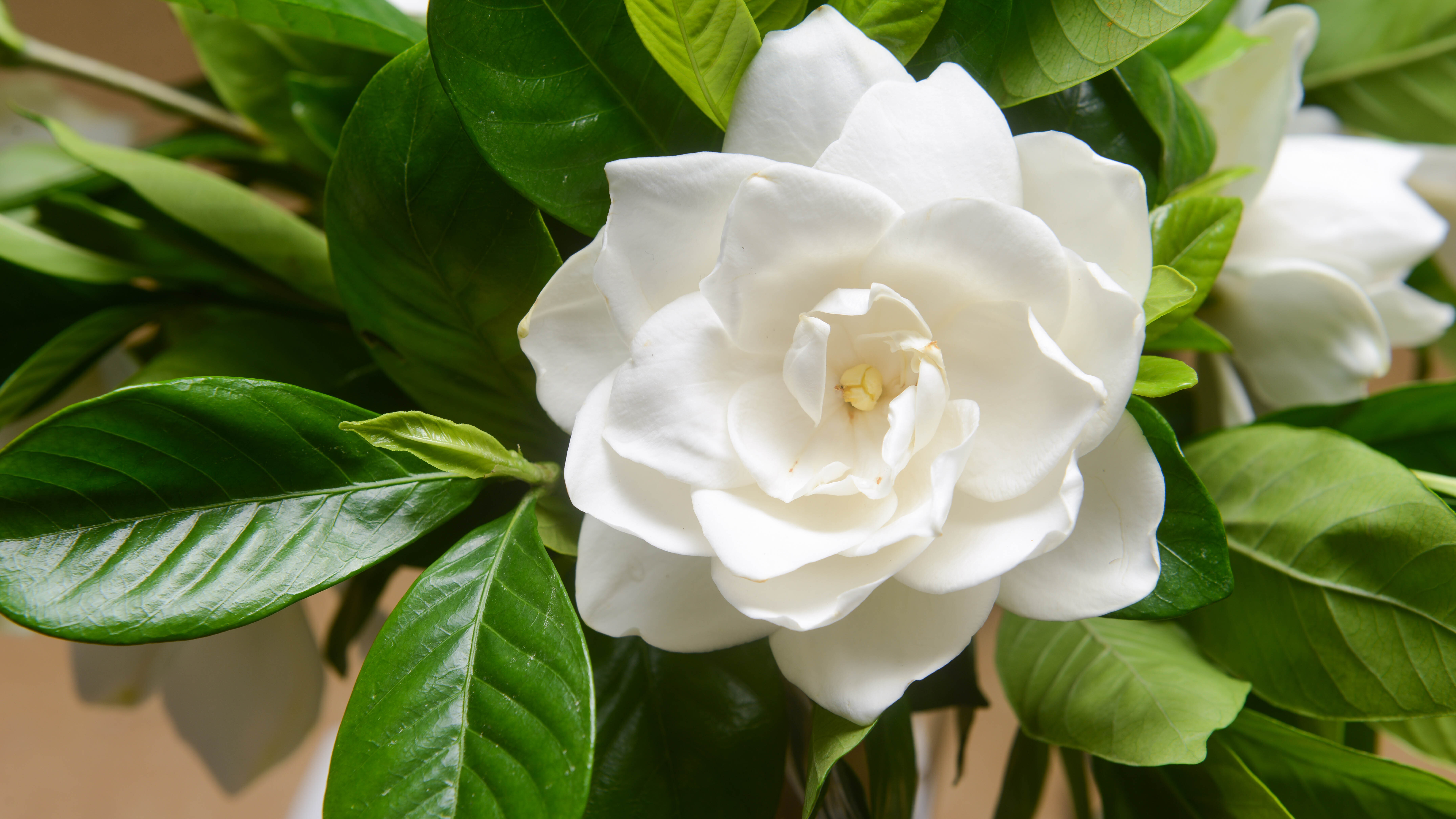
Gardenia produces large, fragrant white or ivory flowers with a fruity, floral scent that becomes more pronounced at night. These evergreen shrubs offer lush foliage year-round with spectacular blooms during their flowering season.
The distinctive Gardenia fragrance is beloved by gardeners worldwide and creates calming evening atmospheres perfect for relaxation after busy days.
Position Gardenias near windows or outdoor seating areas where their evening fragrance can be fully appreciated. The combination of beautiful flowers and intense nighttime scent makes them valuable additions to any garden.
9. Baby Sage
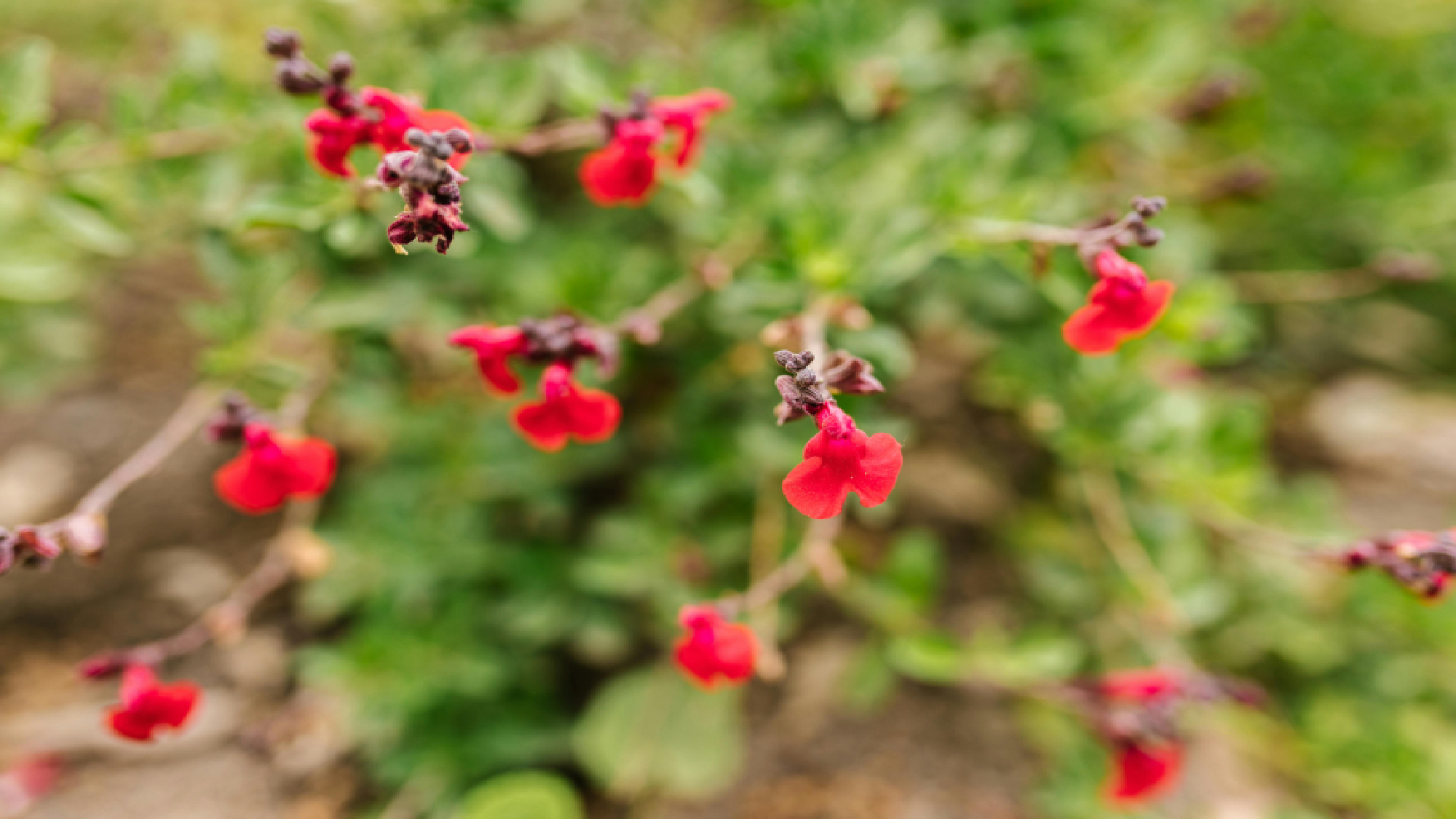
Baby Sage offers a unique citrusy fragrance, making it perfect for planting along pathways and garden borders. This compact flowering plant produces red, white, or purple blooms while maintaining aromatic foliage throughout the growing season.
The scent combines mint and blackcurrant notes with strong citrus undertones that provide refreshing contrast to heavier evening fragrances. Baby Sage thrives in sunny locations with well-draining soil and requires minimal maintenance once established.
Camilla Sharman, our homes and gardening writer recommends planting Baby Sage strategically: "I started by planting a red and white flowering Salvia microphylla, and loved the scent so much I added a purple version the following year.
I'd suggest planting it near a pathway, so that every time you walk by you brush the leaves, releasing their scent." The interactive nature of this plant's fragrance makes it particularly engaging for evening garden strolls.
Follow Tom's Guide on Google News to get our up-to-date news, how-tos, and reviews in your feeds. Make sure to click the Follow button.
More from Tom's Guide
- The 7 best fragrant hedge plants to keep your yard fresh this summer
- 7 fragrant flowers to make your house smell amazing this spring
- How to water your garden less — 8 expert tips that save money
Get instant access to breaking news, the hottest reviews, great deals and helpful tips.

Kaycee is Tom's Guide's How-To Editor, known for tutorials that skip the fluff and get straight to what works. She writes across AI, homes, phones, and everything in between — because life doesn't stick to categories and neither should good advice. With years of experience in tech and content creation, she's built her reputation on turning complicated subjects into straightforward solutions. Kaycee is also an award-winning poet and co-editor at Fox and Star Books. Her debut collection is published by Bloodaxe, with a second book in the works.
You must confirm your public display name before commenting
Please logout and then login again, you will then be prompted to enter your display name.
